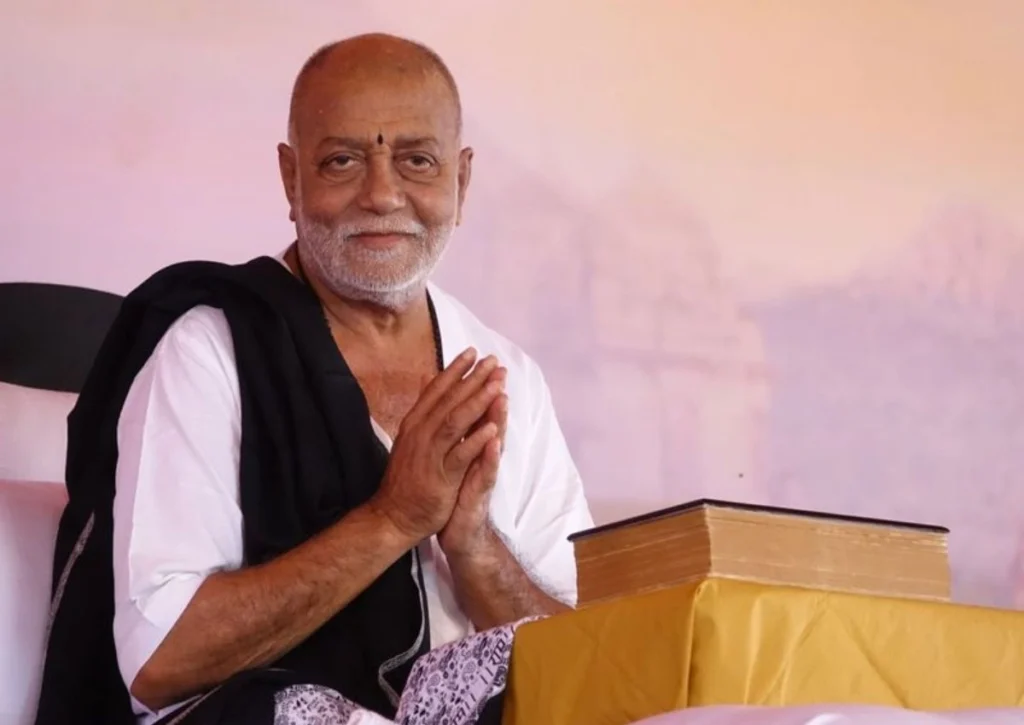In a massive announcement that will deeply alter India’s “Blue Economy” and potentially change the lives and livelihoods of millions living along the sea borders of the country, Amit Shah, Union Home Minister and Minister of Cooperation, announced the distribution of 200 modern deep-sea fishing vessels to be rolled out in the next five years. While the emphasis is on enabling fisheries cooperative societies, the scheme signifies a strategic rea li gnment to tap the immense potential of India’s Exclusive Economic Zone (EEZ) and the global high seas.

At the historic Mazagon Dock in Mumbai on the occasion of India Maritime Week 2025, during which he also gave away) Two newly-built deep-sea vessels for the beneficiaries, Minister Shah reiterated that the government was committed to ensuring that marine industry profits would reach the “nauts who work hard at sea” directly.
Shah said, “This is not just about the distribution of vessels, but this is about the distribution of dignity, prosperity, and self-reliance to our fishermen,” while addressing a gathering of dignitaries, which included Maharashtra Chief Minister Devendra Fadnavis and other ministers from the state. “The aim is to exploit the potential of India’s fisheries wealth to the maximum.” In five years’ time, we will establish a model based on cooperation that will make the life of fishermen easier, similar to dairy and sugar mills, and will bring them economic gain.
The $1.2 Crore Vessel: A Leap into the Deep Sea
The scheme, which comes under the Pradhan Mantri Matsya Sampada Yojana (PMMSY), is a game-changer in the marine fisheries of India. Indian fishermen have traditionally used conventional vessels, which have a maximum operating distance of 40-60 nautical miles from the coast. This has resulted in the overexploitation of near-shore resources and significant economic regressions.
Shifting to Deep-Sea Operations
Costing ₹1.2 crore (roughly $145,000) apiece, the new deep-sea fishing crafts are expected to reverse the trend.
- Financial Backbone: The high cost per unit is borne by a synergistic financing scheme including the National Cooperative Development Corporation (NCDC), the Department of Fisheries (Government of India), and the related State Governments. The sale in Maharashtra, to begin with, was heavily subsidized by the state government.
- Technological Advancement: These planned new vessels are fitted with technological equipment that will “give them access to open sea and fresh water bodies beyond present limits where untapped fishery resources of the EEZ and the High Seas are available.” They are intended for long journeys and can be out at sea for as much as 25 days, and can catch up to 20 tonnes of fish in a single trip.
- High-Value Catch: Moving into deep-sea fishing can open the door to high-value fisheries such as tuna that command strong global demand. This will lead to an increase of 3-4 times in the earnings of fishermen, propelling them towards economic prosperity and further fortifying Indian seafood exports.
“Shah observed that India’s 2.37 million square kilometer exclusive economic zone (EEZ) and a coastline of 11,099km has a lot of potential.” “Utilizing these resources in a sustainable manner means we are taking the pressure off fish stocks in the coastal waters, maintaining ecological balance and developing a marine-based trade that is competitive at the global level.”
The Cooperative Model: Backbone of the Blue Revolution

The government’s plan is based, in part, on cooperative leadership. The boats are not going to private entities, but to Fisheries Cooperative Societies and Fish Farmer Producer Organizations (FFPOs). It’s a strategic move to make sure that the profits end up in the hands of the grassroots fishermen themselves rather than in those of middlemen.
- Empowering the Grassroots: Minister Shah also mentioned that cooperatives are “the soul of Aatmanirbhar Bharat” in the fisheries sector and need to be considered as such in all discussions in this sector. Hence, after the announcement, the opportunities are immense on that front. The model allows small groups of fishermen to operate as financially sound, self-sufficient enterprises, sharing ownership and efficiently operating the expensive vessels.
- Infrastructure Ecosystem: The plan goes beyond just distributing boats. The Union Government is preparing to build a strong enabling infrastructure ecosystem, together with the Ministry of Cooperation and the Ministry of Fisheries. These are processing units, cold storage, export centers, big mother ships that gather the catch from the small boats and carry them to the shore. This integrated value chain reduces post-harvest loss and enables better prices for the catch.
- Emphasize Inclusivity: the scheme gives importance to women-led cooperative societies as it recognizes the role of women as drivers of inclusive growth and socio-economic transformation in coastal regions.
Boosting India’s Blue Economy: The Path to Global Leadership
India has now emerged as the second-largest fish producer in the world, with the fisheries sector providing livelihoods to about 3 crore people and making a major contribution to exports that were to the tune of ₹60,523 crore in FY 2023–24. The new initiative for deep-sea fishing is part of the country’s vision to become a global maritime power by 2047, with proposals for investments of over ₹80 lakh crore in the maritime sector.
Measurable Growth and Future Targets
The Minister for Home Affairs said that the unprecedented expansion in the field for the past ten years was what he wanted to draw attention to.
| Category | 2014 Production (Lakh Tonnes) | 2025 Production (Lakh Tonnes) | Growth |
| Total Sea Produce | 102 | 195 | 91% |
| Domestic Production | 67 | 147 | 119% |
| Maritime Production | 35 | 47 | 34% |
(Source: Government Data, as stated by HM Amit Shah)
The investment in 200 deep-sea vessels is directly tied to a vision of sustained, exponential growth..
- Sustainable Fishing: The vessels incorporate digital systems that enable better traceability and efficiency in operations, bringing marine practices in India at par with global best practices in responsible resource management. This measure is vital in order to avert mass poaching in the already overexploited coastal areas.
- Export Enhancement: High-value catch like Tuna, improvement in post-harvest infrastructure, especially cold-chain infrastructure and value-chain infrastructure (supported under PMMSY and Fisheries and Aquaculture Infrastructure Development Fund – FIDF), are expected to improve the quality and marketability of the produce, thus significantly enhancing seafood exports of the country.
- Employment Generation: The upgrading of the fleet and the expansion of infrastructure ashore to support it are also expected to generate significant employment prospects in the coastal regions, bringing social and economic benefits to fishing communities.
Also check:- Mukesh Ambani’s $12-15 Billion AI Juggernaut
A Model for States
The maiden distribution event at Mazagon Dock, with a couple of vessels and registration certificates to beneficiaries, viz, Raju Chavan, President of Jai Malhar Fisheries Cooperative Society, has acted as a template. Maharashtra Chief Minister Devendra Fadnavis praised the step and said the state had achieved 45 per cent growth in fish production in the previous year and that it was dedicated to leading the country in this field. Maharashtra Fisheries & Ports Minister Nitesh Rane said Maharashtra will be providing 12 more such deep-sea fishing vessels to 12 other fisheries cooperative societies in the state, with financial assistance as assured from the NCDC.
Minister Shah also called on other coastal states and UTs, especially those with proximity to high-potential areas like Lakshadweep and Andaman & Nicobar Islands, to follow the Maharashtra example, pledging all Central support for the infrastructure requirements.
This bold directive, along with significant support from the center and a strong cooperative mechanism, will further strengthen the government’s vision of building a thriving, Atma-Nirbhar, and environmentally sensitive Indian marine fisheries that will propel the country to the forefront of the global blue economy.




